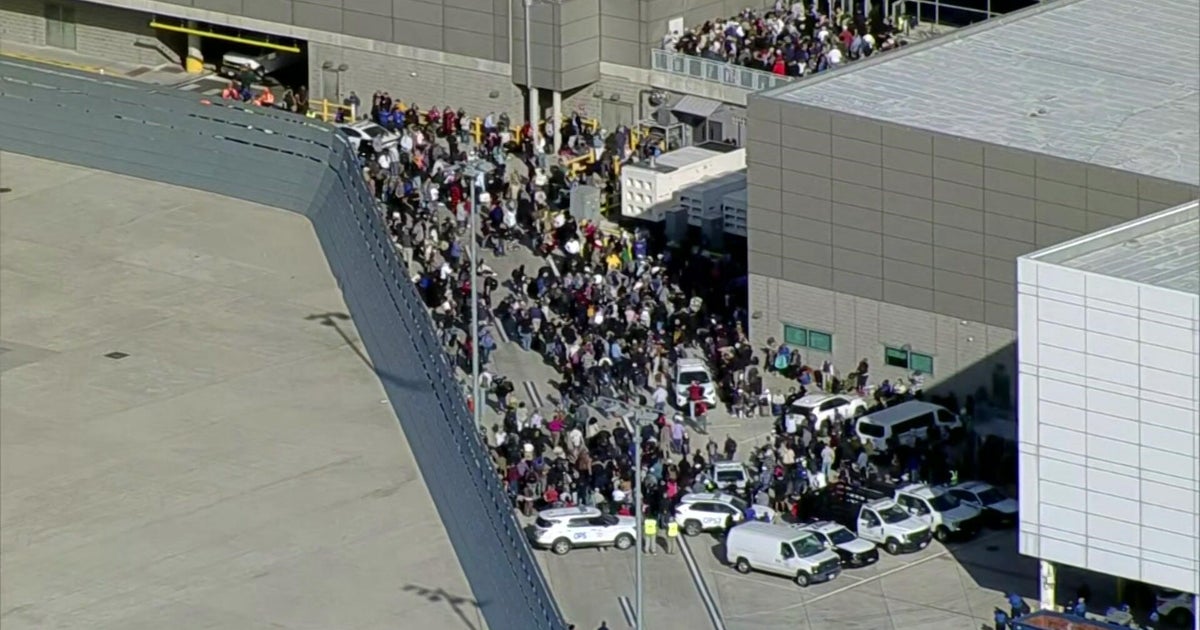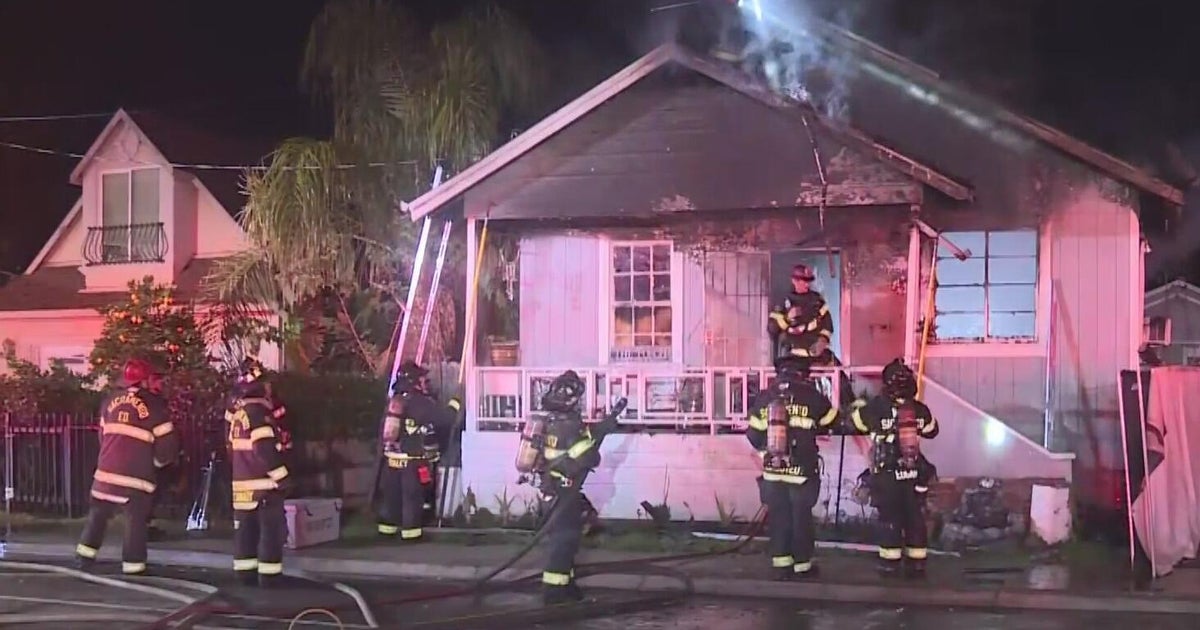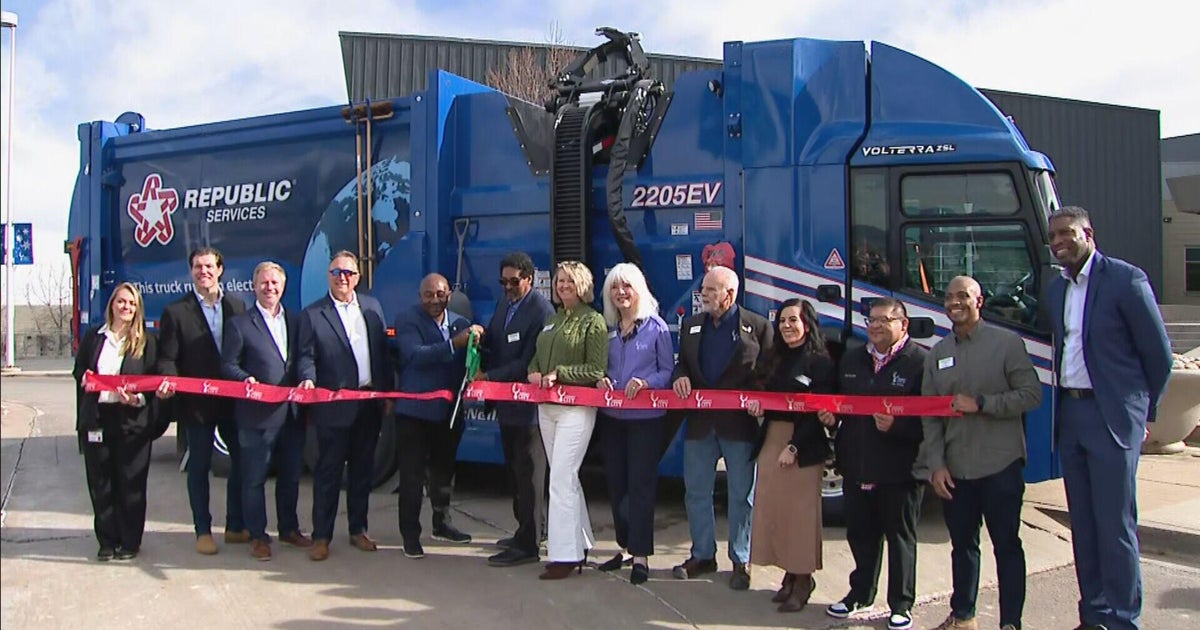SMU Researchers Identify 62 Dallas Neighborhoods As 'Infrastructure Deserts'
DALLAS (CBSDFW.COM) — Researchers at Southern Methodist University have identified 62 neighborhoods in Dallas that are "highly deficient" in the infrastructure that creates a safe, livable and economically viable neighborhood.
Known as 'infrastructure deserts', most of the neighborhoods are located in the southern part of the city and are home to primarily low-income, Black and Hispanic residents.
SMU civil engineering researchers created a computer framework to assess 12 types of neighborhood infrastructure. Using that framework, the team evaluated and compared neighborhoods by infrastructure deficiency, household income and ethnicity.
"Often infrastructure funding is used for major investments, like freeways or airports," said Civil and Environmental Engineering Chair Barbara Minsker. "This study shows the importance of funding for smaller scale infrastructure at the neighborhood level."
Nearly 800 Dallas city neighborhoods were rated on the condition of their streets, sidewalks, internet access, crosswalks, noise walls, street tree canopy, public transportation access, hospital or medical service access, bike and pedestrian trails, community gathering places and food access. Each neighborhood was rated excellent, good, moderate, deficient or highly deficient.
Much of the data used in the research was publicly available, but other data was generated by machine learning using aerial images to detect crosswalks and assessment of Google Street View images to identify noise walls. Undergraduate and graduate researchers also used drones, smart phone applications and artificial intelligence to gather data.
Key findings include:
- Low-income neighborhoods in the city of Dallas are up to 3.5 times more likely to be infrastructure deserts, highly deficient in eight or more types of infrastructure, than high-income areas.
- Majority Black neighborhoods are up to 4.6 times more likely to be infrastructure deserts than majority white areas.
- Majority Hispanic neighborhoods are up to 3.5 times more likely to be infrastructure deserts than majority white areas.
- A significant percentage of infrastructure deserts are located in the southern portion of the city, south of Interstate-30.
- Common deficiencies across Dallas neighborhoods, regardless of income level or race, include sidewalks, street tree canopy, food access and medical service access.
Infrastructure deficiencies can increase vulnerability to major shocks, like a pandemic or severe weather, Minsker says.
"We saw poor access to medical care and public transit as major problems affecting access to health care during COVID. Lack of Internet access interrupted the education of thousands of school children," she said.
The two low-income areas with most deficiencies – 10 out of 12 – are located south of I-30, one in southwest Dallas, the other in southeast Dallas. The two neighborhoods with just one deficiency were located in high-income areas, one southwest of Highland Park, the other a high-income area of Oak Cliff.







